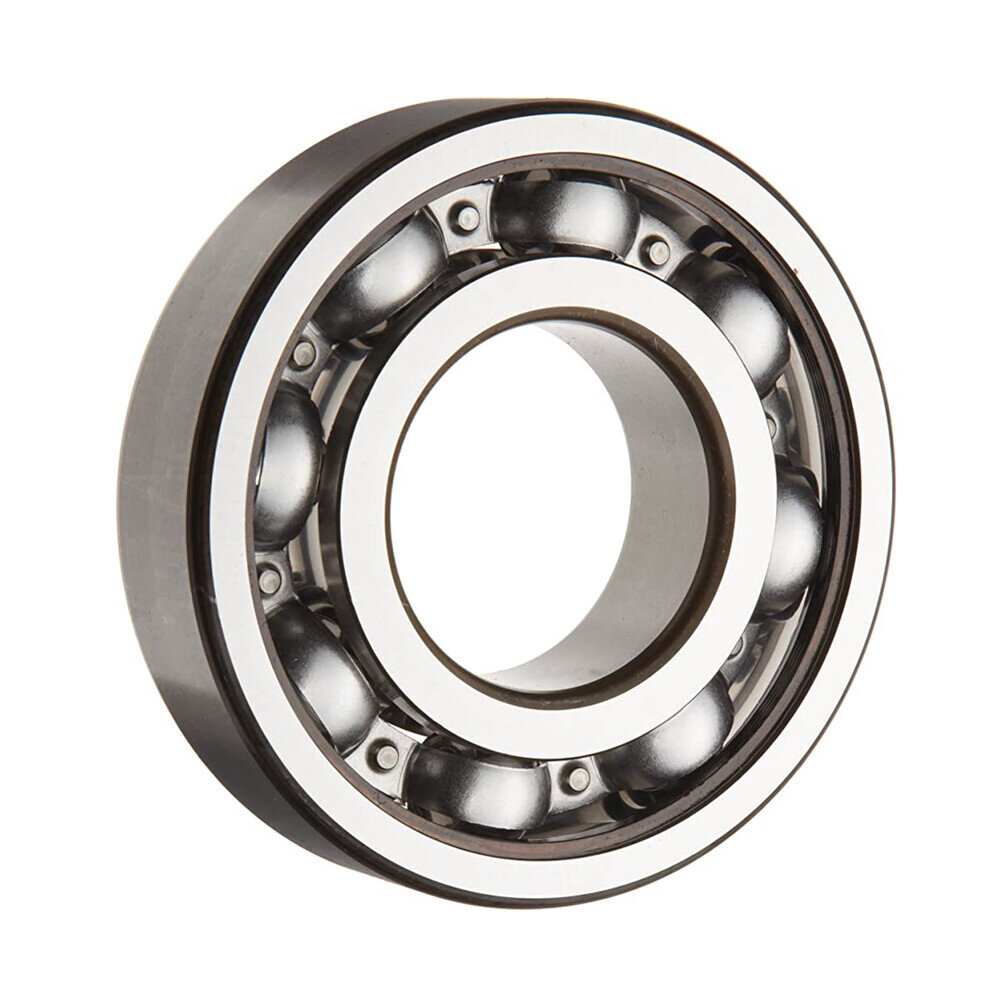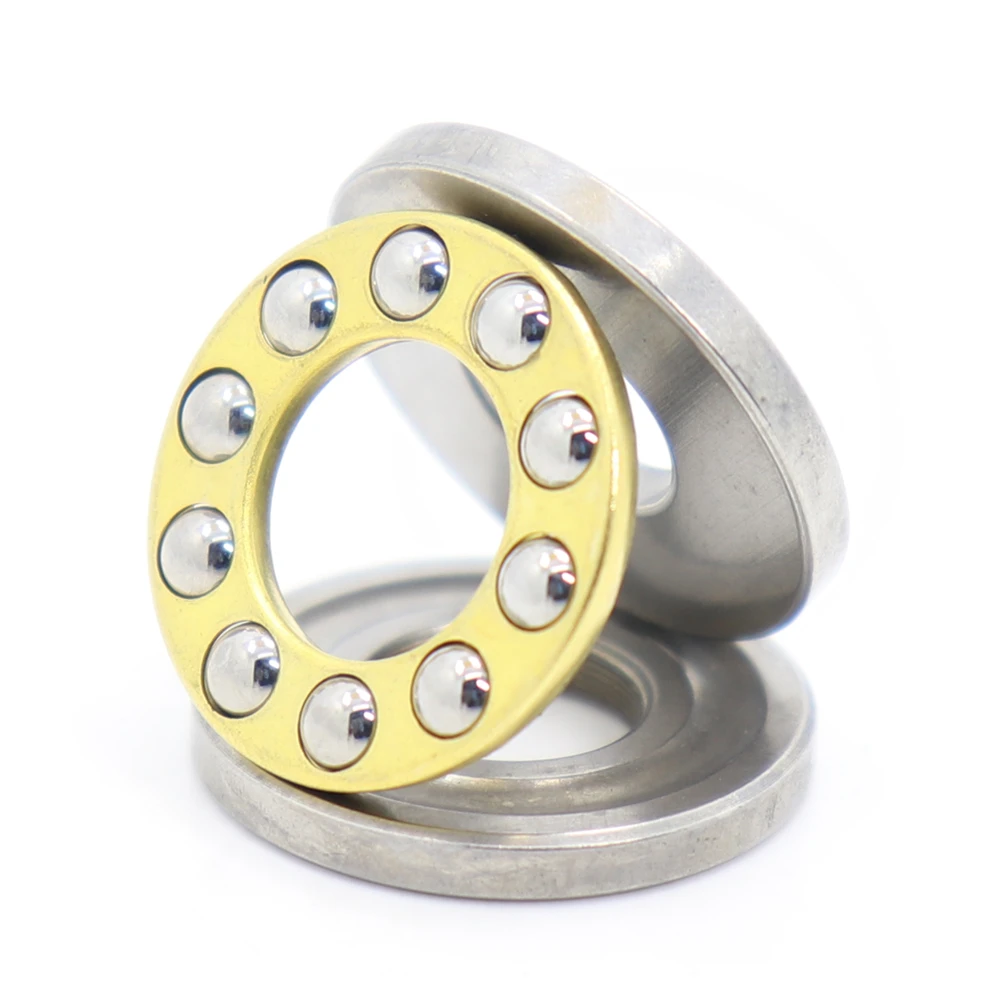Self-Aligning Ball Bearing Size Guide: Dimensions and Specifications
Self-Aligning Ball Bearing Size Guide: Dimensions and Specifications
Blog Article
Self-Aligning Ball Bearing Size Guide: Dimensions and Specifications
Self-aligning bearings product catalog are crucial components in a variety of machinery and equipment, renowned for their capacity to withstand the misalignment and decrease friction. These bearings are particularly useful in applications where shafts may have issues aligning due to assembly errors or the operation of. Understanding how to measure and specify self-aligning balls is vital to choose the best bearing for your needs. This guide offers a complete overview of the primary dimensions and specifications that you need to be aware of.

Dimensions and Basic Specifications
Self-aligning ball bearings can be found in different dimensions and specifications, each is suited for a specific application. The main dimensions to think about include the bore diameter, the outer diameter and the width. These dimensions are usually stated in millimeters. They are essential in determining the compatibility of the bearing with your machine.
The Bore Diameter (d) Bore Diameter (d) is the inner diameter of the bearing that is fitted onto the shaft. Bore diameters can range from as small as 10 millimeters to more than 100 mm, depending on the bearing size. A precise measurement of the bore diameter is vital to ensure a proper fit and avoid problems such as overplay or shaft misalignment.
Outer Diameter (D) Outer Diameter (D): The external diameter is the overall size of the bearing, which determines its placement within the housing or support structure. It is crucial for ensuring that the bearing will fit within the specified space. Outer diameters vary greatly and can range from 30 millimetres to 150 millimetres or more.
Width (B): The width of the bearing is the distance between its inner and outer rings. This dimension influences the bearing's load-carrying capacity and overall stability. The widths are typically offered in a variety of sizes to accommodate various load requirements and space limitations.
Load Ratings and Material Specifications
When deciding on self-aligning bearings load ratings are a further important aspect to consider. Bearings are subjected to different types of loads, including radial and axial loads. Self-aligning ball bearings are made to withstand radial loads as well as moderate axial loads equally in all directions. They are specified as static and dynamic load ratings, show the bearing's ability to handle these forces without premature failure.
Dynamic Load Rating (C): This rating reflects the ability of the bearing to manage radial loads in operation. It is usually measured in kilonewtons (kN) and is a reflection of the bearing's performance under normal operating conditions.
Static Load Rating (C0) A static rating demonstrates the bearing's ability to withstand static loads with no excessive deformation. This rating is vital when the bearing will be exposed to excessive loads even in stationary positions.
Materials used in self-aligning ball bearings, such as ceramic or steel, contribute to their durability and performance. The best bearings typically make use of materials that offer greater endurance and resist wear and corrosion.
Design Variations and Features
Self-aligning ball bearings can be found in various design configurations that include shielded, open and sealed models. Open bearings allow for direct cooling and lubrication but require regular maintenance. Shielded bearings, on the contrary, have metal shields that guard against contaminates while reducing the need for frequent oiling. Sealed bearings feature rubber seals that provide the most complete protection against moisture and dust, making them ideal for difficult conditions.

Conclusion
Selecting the best self-aligning ball bearing requires understanding the critical measurements and specs, including the bore's diameter and diameter as well as its outer width, and loads. If you take into consideration these parameters as well as the design and material variations, you can select the right bearing to ensure the best performance and durability to meet the requirements of your particular application. Whether for industrial machinery or consumer products, precise selection of the right bearing is crucial to ensure high-quality and effective operation. Report this page